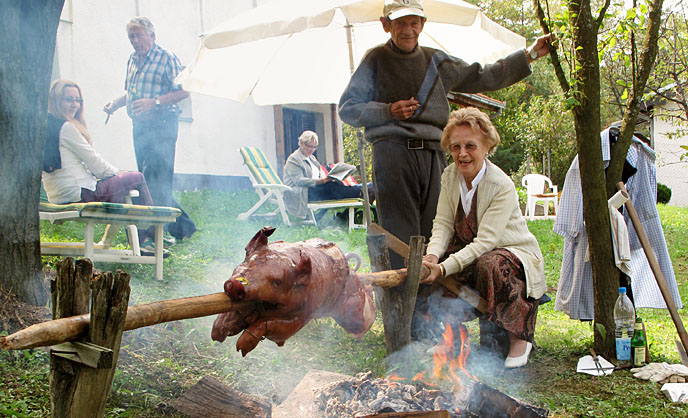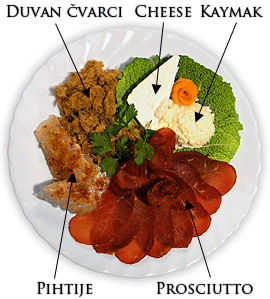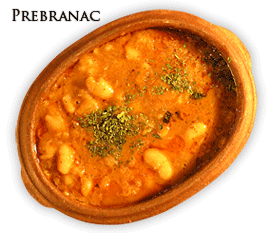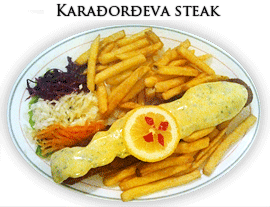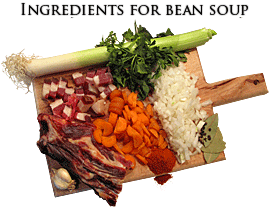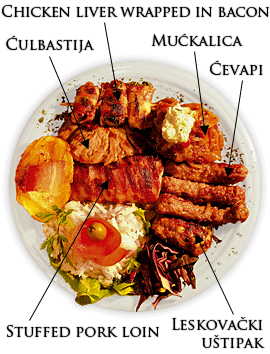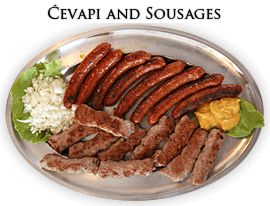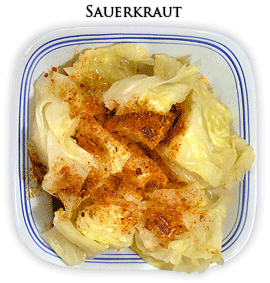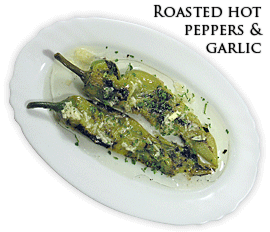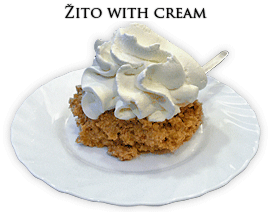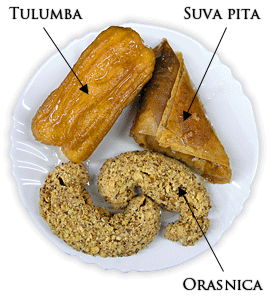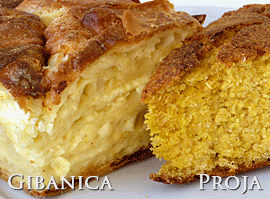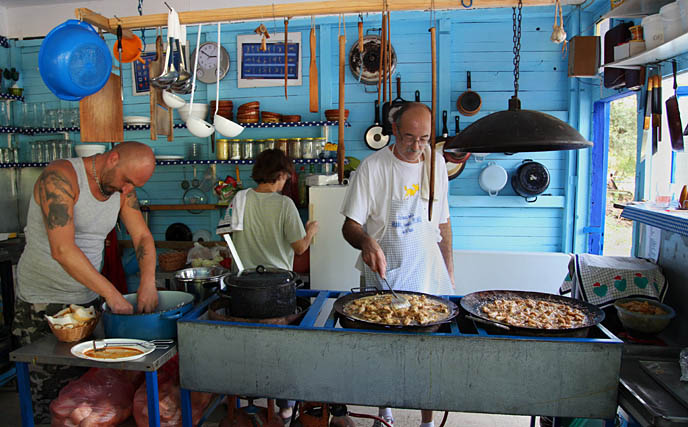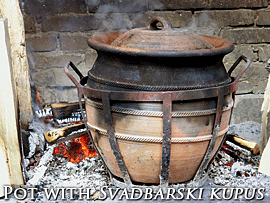|
||||
|
|
||||
| GETTING HERE | WHERE TO STAY | WHAT TO SEE | TRAFFIC | WHAT'S ON | NIGHTLIFE | SHOPPING | BEST OF SERBIA | SRPSKI | ||||
|
|
||||
|
|
|||
|
Breakfast: about one half of Belgraders consider coffee and cigarettes nourishment enough before going to work. On the way to work, they pop into a bakery for a slice of burek or some puff pastry (preferably with pig cracklings). Burek is a savoury filo pastry filled with cheese, or minced meat, or with no filling at all. Although of Ottoman origin, its method of preparation developed over centuries to suit the local taste buds and nowadays Serbian burek differs from the burek in Turkey. It is baked in round pans and sliced in wedges of your choosing (ask for a 250 gram slice for a start). Traditionally it is eaten with yoghurt, in the bakery, while standing at the bar (you can also have it as a takeaway). Many restaurants offer hearty breakfast at prices ranging between 2 and 4 EUR (scrambled eggs with bacon, sausage or cheese, uštipci (deep-fried dough served with cheese or jam), kačamak (polenta with fresh cheese and kaymak)... |
||||
|
|
Hot and cold starters: a glass of chilled rakija is a perfect way to start a meal, it whets the appetite and warms the heart. Next come the starters, similar to meze common throughout Mediterranean - a selection of small snacks served together on a platter or as a dish on its own. In Serbia these include kaymak (soft dairy spread, like a savoury clotted cream), proya (cornbread, often made with cheese and kaymak), gibanica (traditional Serbian pie made of filo pastry sheets filled with eggs, cheese and kaymak; it is best eaten hot with kiselo mleko, a kind of thick yoghurt), prebranac (large white beans baked with lots of sautéed onions, ground paprika and spices), fresh and brined cheeses (a large variety, made of cow, ewe or goat milk or a combination of those), Užice prosciutto (beef or pork), čvarci -pig cracklings (crisp residue left after lard has been rendered, its subspecies being duvan čvarci - tobacco cracklings), |
|||
|
pihtije - pork jelly (aspic made of lean pork meat such as trotters, rind, ears), breaded peppers stuffed with cheese and kaymak, bacon-wrapped prunes stuffed with cheese... There are many more scrumptious filo pies made with different fillings: cheese, spinach, leek, pumpkin, potato, apple, sour cherry… Whatever the filling, the best pies are made from hand rolled and stretched filo dough. Soups: Most restaurants will offer veal or lamb čorba (rich thick soup prepared with lots of meat chunks and vegetables, served hot, with cream; some patrons like to add a few drops of vinegar), chicken supa (clear soup, often with dumplings or noodles), čorbast pasulj (bean stew) or a nettle soup. Riverside restaurants will offer riblja čorba, a bright red fish soup made from a mix of river fish and spices, particularly hot paprika, usually served in small cauldrons brought to the table. The fish is cooked together with head, fins, bones, even roe, all of which add something to its flavour. It is eaten with lots of bread. |
||||
|
|
||||
|
|
cooled thick yoghurt. Karađorđeva šnicla - rolled veal steak filled with kaymak and breaded, served with sauce tartare. Named after Karađorđe, leader of the First Serbian Uprising against the Ottomans. Informally also called a "maiden dream".
|
|||
|
stewed with chunks of previously grilled meat. If you're wearing a white shirt, forget it. Čorbast pasulj - bean soup, cooked with onions, bay, dry red paprika, bacon and smoked pork ribs. Dip bread into the soup for best taste and never mind the table manners. Not suitable as a pre-theatre meal. Roast - a dish of choice for the indecisive diners or those favouring a delicious yet uncomplicated meat dish. Lambs, suckling pigs and baby goats are spit-roasted over beechwood embers in many roadside restaurants on major routes. The taste is so good, it takes a will of iron not to lapse in table manners and lick your fingers. Meat is measured by the kilo and you can order as much as you want (one kilo should be about right for two local adults, provided that they are not too hungry, as the meat is sold with the bones). Be sure to try Jagnjetina ispod sača (lamb under a sač). Chunks of lamb and potato are snuggled in a sač pot, covered in hot ashes and left to simmer for several hours, until the meat is so tender, it melts in your mouth. Grilled meat - various types of meat roasted on a grill, with beech charcoal used for fire. Typically served with a generous amount of finely chopped onions. People cook meat on a grill all over the world, however, in Serbia, this culinary skill is elevated to an art form. Restaurants (or households) guard jealously their own secrets of just the right heat, meat cut, meat preparation or marinade. The result is the taste you won’t find anywhere else. Grill chefs are a class of their own and the best of the lot come from the south-Serbian town of Leskovac. |
||||
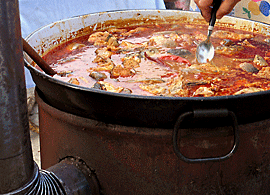 |
While onions are practically mandatory, other accompaniments may include kaymak, oven-baked potatoes or pommes-frites. |
|||
|
dish. Summer salads include Srpska (sliced tomato, cucumber, sweet pointed peppers, onions, chilly pepper, seasoned with salt and oil), Šopska (Srpska with a topping of grated fresh cheese), green salad (lettuce, sometimes mixed with rocket and radishes seasoned with salt, oil and vinegar), fresh cabbage (shredded and dressed with salt, oil and vinegar), spring onions... Winter salads include turšija (a mix of pickled cucumbers, peppers, green
tomato, carrots and cauliflower), sauerkraut (sprinkled with hot paprika; incidentally, the liquid in which sauerkraut was fermented, called rasol, is a great source of vitamins and a traditional hangover remedy), roasted peppers (sweet pointed peppers, roasted, skinned and dressed with oil, vinegar, salt and
garlic - tasty, but to be avoided before a date), ayvar (now this involves quite some labour - sweet red pointed peppers are roasted, skinned and deseeded, ground and then stewed for hours). A subspecies of ayvar is made of peppers and aubergines. |
||||


